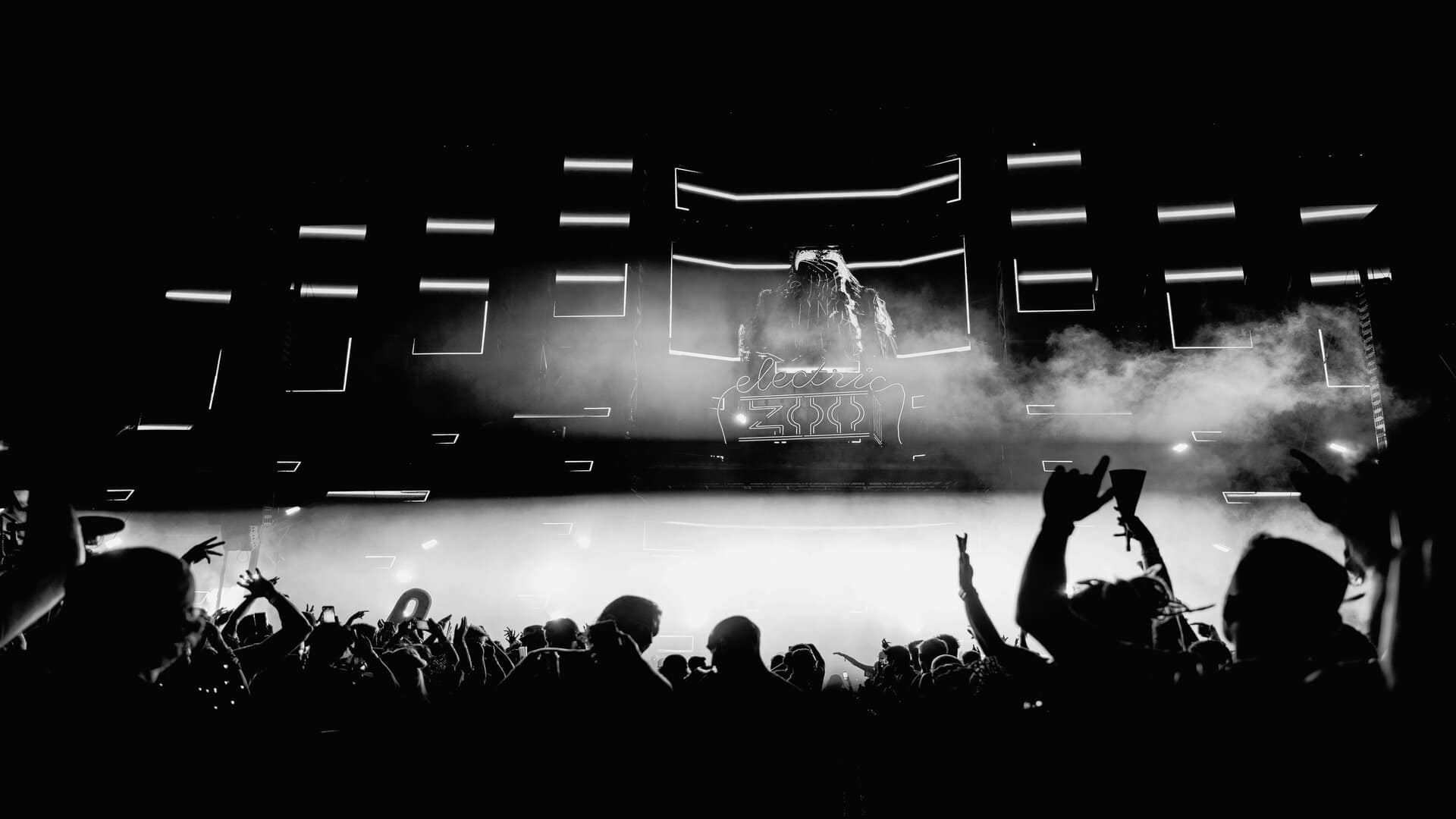

The Evolution of Dance Music: What Genres Led to Modern Dance Music and Why?
Dance music is arguably the dominant genre in the 21st century, permeating every other part of the industry and informing vast, global movements.
To reach this all-powerful position, it took decades of evolution, and a wide variety of influences from other genres. Here’s a look at some of the most important cornerstones of current day EDM.
The Influence of Jazz
Jazz, a genre known for its unparalleled freedom in expression and improvisation, has significantly shaped dance music. It brought the concept of swing, making rhythms feel natural and fluid.
It’s evident that nearly all modern dance tracks incorporate a sense of swing, accentuating certain beats to create an engaging rhythm.
So without jazz’s profound influence on rhythm-making techniques, modern dance music as we know it would never have emerged.
Scrutinizing Swing
Swing, the aforementioned infectious off-beat rhythm that originated from jazz, later found its own identity and contributed massively to dance music.
This genre introduced livelier tempos and rhythmic shifts that made the audience not just listen but also move naturally with the beat. Its strong beats-per-minute framework became a core feature among various modern dance styles.
In retrospect, it’s clear how swing’s dynamic complexity fostered diversity in today’s dance music scene, fueling creativity among artists while enhancing listeners’ experiences.
Understanding the History of Blues Music
Blues music, with its emotive lyrical content and distinct chord progressions, is a cornerstone in the evolutionary history of dance music.
This genre was known for incorporating ‘call and response’ patterns that later became fundamental in many modern dance tracks. Features like these provided an engaging narrative element to dance pieces, keeping audiences connected emotionally.
Blues, like jazz, is a genre that’s fundamentally connected with America and the 20th century. In fact it is representative of Mississippi’s rich music legacy in particular, indicating that while some might associate EDM with European origins, the US has a distinct claim to its modern incarnation.
The Power and Rhythm of Disco
The 70s brought us disco, a genre instrumental to dance music evolution. Known for its powerful 4/4 beat, funky basslines, and dramatic strings arrangement, disco served as the ideal bridge between organic instrumentals of previous genres and upcoming electronic elements.
Its infectious energy contributed significantly to turning dance music into an unstoppable cultural force that thrives on inclusivity and celebration.
Also, by introducing elements like DJ mixing and remixing tracks in real-time, it truly pioneered club culture in every corner of the planet.
Punk Rock’s Contribution
Often overlooked in discussions of dance music’s evolution is punk rock. With its raw, rebellious energy and distinctively aggressive pace, it added a new level of intensity to dance vibes.
More significantly, punk embraced the DIY ethos, effectively pushing against mainstream constraints just as underground electronic dance culture would do years later. It encouraged exploration beyond usual musical boundaries and inspired innovations across genres, which are aspects that remain fundamental in dance today.
House Music Takes the Lead
House music, born in the 80s, dramatically shifted dance music paradigms. It’s an illustrious genre marked by repetitive 4/4 beats and synthesized basslines, both elements that dominate modern dance tracks across various sub-genres.
Of course its influence extends beyond sound and rhythm into the realm of cultural identity. The idea of singling yourself out as part of a movement fuelled by electronic music, rather than one produced with instruments played live, emerged at this time, and helped set the stage for current-day EDM culture.
Final Thoughts
Obviously there’s debate over the extent to which these and other musical genres influenced and inspired the dance scene we know and love right now. However, you can’t deny that there are many pillars that support EDM, and recognizing the contribution of each is a good move for any true fan.


- Arodes cover Interview
- Armin van Buuren: Breathing In [Exclusive Interview]
- Ibiza 2024: What To Expect
- Burak Yeter: A Day In Space [Exclusive]
